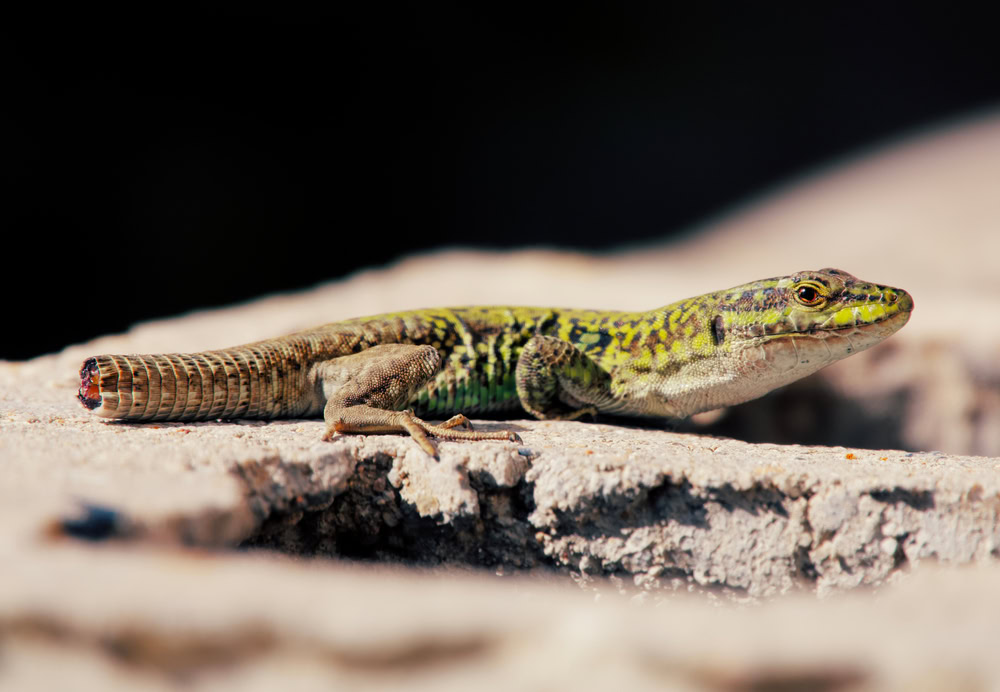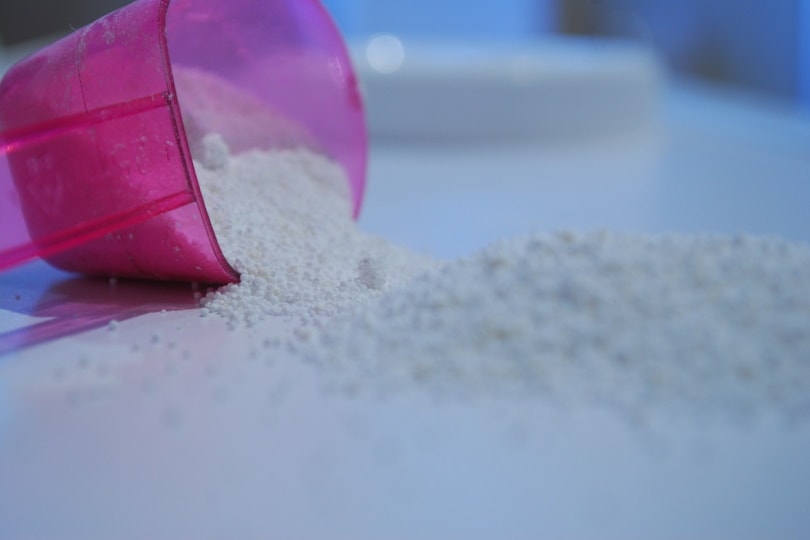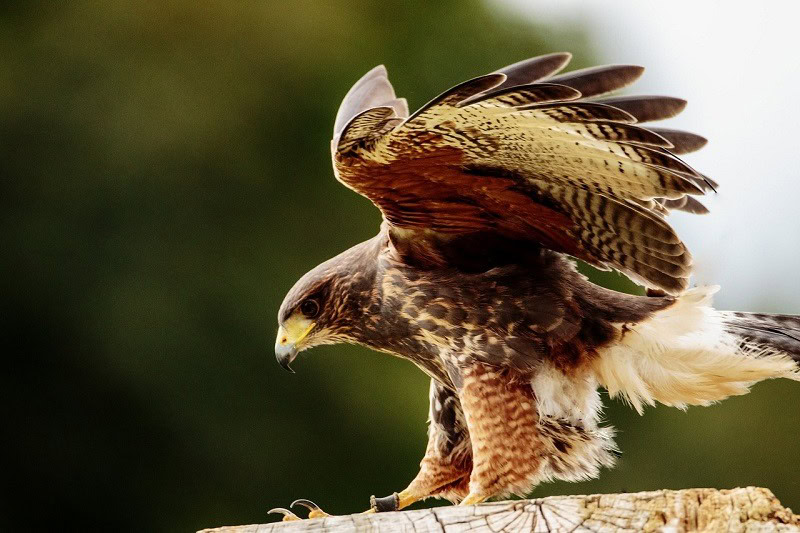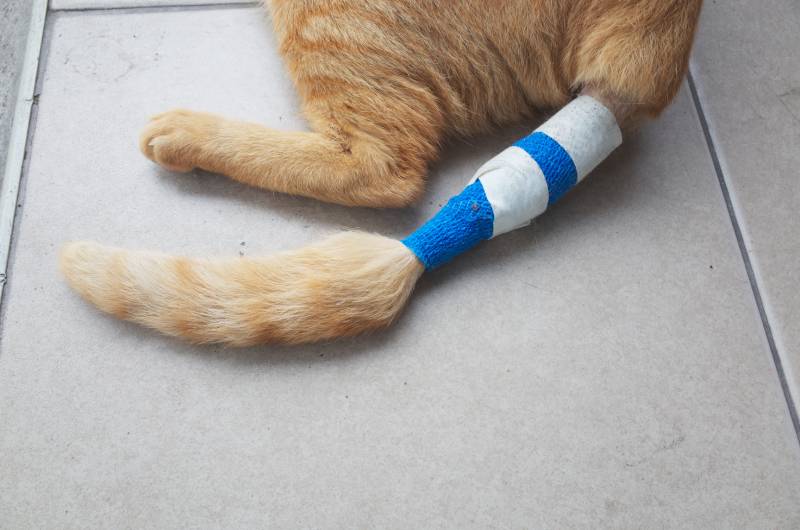VET APPROVED

The information is current and up-to-date in accordance with the latest veterinarian research.
Learn more »Lizards have a defense mechanism that allows them to lose their tail. If your lizard has suddenly dropped its tail, it can be a huge shock, especially if you do not know that lizards can lose their tail without it being caused by an injury.
Fortunately, lizards rarely die if they lose their tail, and they can grow back. If your lizard does happen to lose its tail, here’s what you should do.

Why Do Lizards Lose Their Tails?
Lizards primarily lose their tails to distract predators. This can help the lizard get away while the predator is distracted by the tail. Most lizards will lose their tails when they feel threatened or scared, and in the wild, lizards will use this defense mechanism for survival. Lizards are one of the many species that are capable of self-amputation, and it can happen both in the wild and under human care. The proper term for this phenomenon is “autotomy”.
There is a weak line (typically referred to as a fracture plane) at a certain point of a lizard’s tail, usually near the end of the thickest part of the tail. When the tail is disturbed, such as when you try to pick up your pet lizard or a predator grabs it, the muscles by the fracture plane pull away and sever the tail from the lizard’s body.
Sometimes, when the tail is dropped from the lizard, it will continue to move, which helps to keep the predator distracted by the moving tail, giving the lizard a chance to flee. Interestingly, when a lizard loses their tail, and it continues to move, this is because the nerves from the severed tail are still firing, sometimes for up to half an hour.
When a pet lizard is disturbed—usually, if you try to handle them—it can cause them to lose their tails. This is because they want to defend themselves and something in their environment is causing them stress. Your lizard is unlikely to lose the tail if you are moving stuff around the enclosure or if your dog barks at them, but it can lose it if something falls on the tail or if you grab your lizard by the tail.
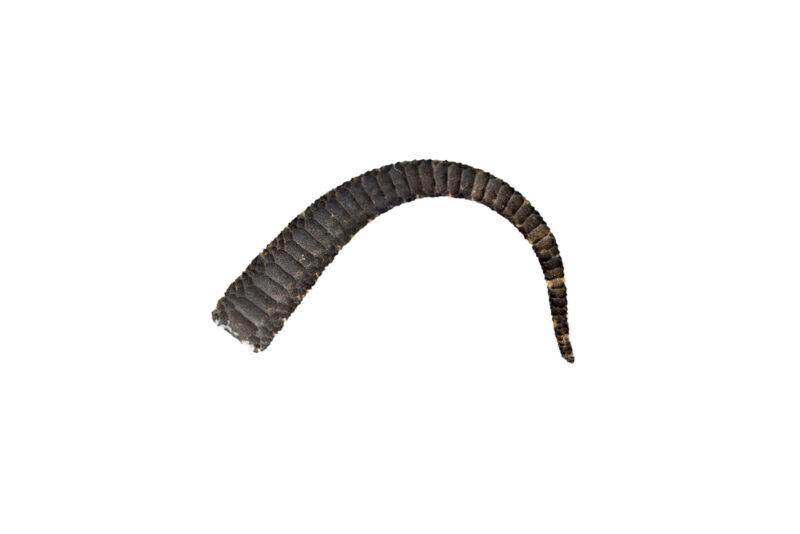

What To Do If Your Lizard Has Lost Their Tail
So, if your lizard has lost their tail and you don’t know what to do, you should start by doing the following:
- If the stump where the tail was severed from is bleeding, apply pressure to the wound with a paper towel, gauze, or clean towel. You can discard the severed tail as it has no use to the lizard once it has been disconnected.
- Gently wash the stump with a sterile saline solution. Please keep in mind that topical medications could impede tail regeneration, so generally, it is best to avoid applying those.
- Once your lizard has lost their tail, it’s important to keep the enclosure extra clean. Ensure that your lizard is kept in a stress-free environment and that they are fed a healthy and balanced diet.
- If you notice that your lizard’s substrate is getting caught onto your lizard’s stub, switch their bedding to a paper towel instead to prevent this from happening. The substrate can be dirty or cause irritation that can affect your lizard’s tail’s healing process. Paper towels are also helpful in keeping your lizard’s enclosure clean.
- Keep a close eye on your lizard’s tail to ensure it is kept clean and looks healthy.
- If any swelling or black discoloration occurs, take the lizard to an exotic veterinarian who is experienced with reptiles. If your lizard’s tail does not stop bleeding even after you apply pressure, then it is a cause for concern and time to contact your exotics
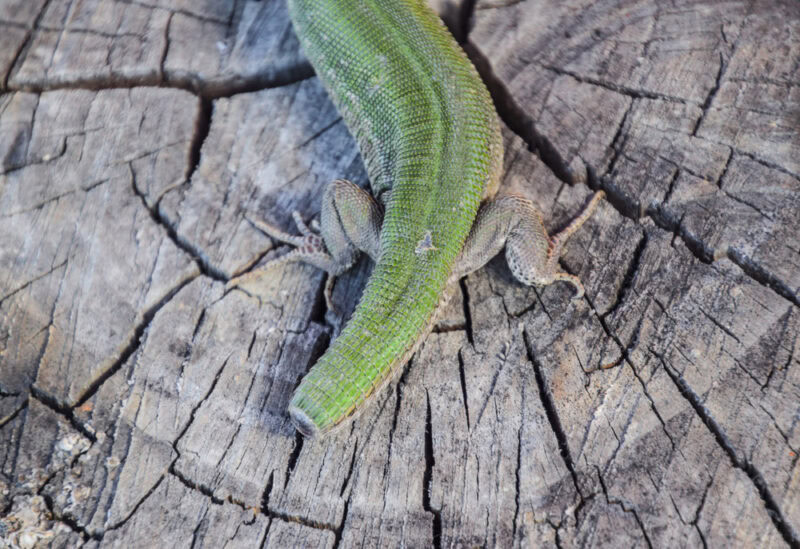
Will Your Lizard’s Tail Grow Back?
Yes, some lizards can regrow their tails, but it can take months for the tail to fully regenerate. Some lizards cannot regrow their tails, such as crested geckos. This means that once your crested gecko loses its tail, it will only have a stub left. However, you should keep the tail clean until it heals.
Tail regrowth depends on several factors, such as the lizard’s diet and environment. During the healing process, make sure that you keep an eye on them and keep the tail wound clean to prevent an infection from occurring. The tail will regenerate through muscle satellite cells which repair damaged tissue.
Some lizards can only regrow their tails a certain number of times, and if they have lost their tails too many times, they will not be able to regrow them anymore. The tail will not look the same as the one the lizard originally lost, and it may be shorter and have a slightly different color than its original tail.
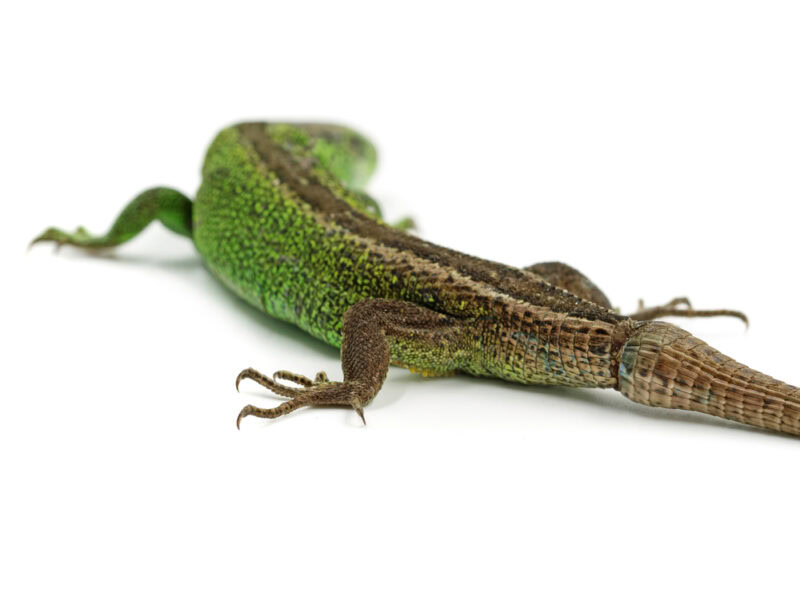
Can a Lizard Die from Losing Its Tail?
It is normal for lizards to lose their tail as a form of self-defense, and they rarely die from it. However, if the tail stub becomes infected or your lizard loses a lot of blood, then it is possible for them to die due to complications. In some cases, the tail stub can start to turn black, which is an indication of tail rot or necrotic tissue (dry gangrene) and treatment from an exotic veterinarian is necessary for this situation.

Conclusion
It is normal for lizards to lose their tails when they feel threatened, stressed, or have had something fall on their tail. Even though it can be stressful to have your lizard lose their tail, keep in mind that by keeping their enclosure and the tail stub clean during the healing process, as well as ensuring they consume a healthy, species-appropriate diet, your lizard can regrow the tail.
Once the tail has regenerated, it’s important to keep your lizard in a stress-free environment and provide them with the right diet, temperature, and level of humidity according to their species’ needs.
Featured Image Credit: alessandro coronas, Shutterstock
